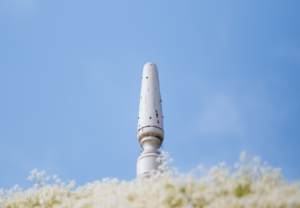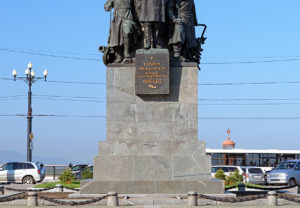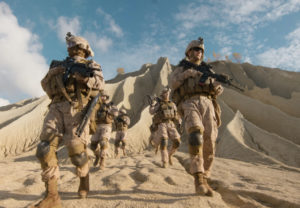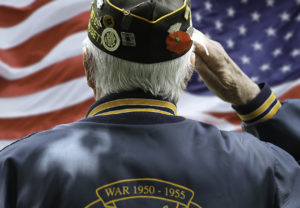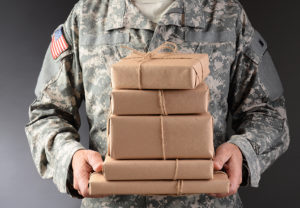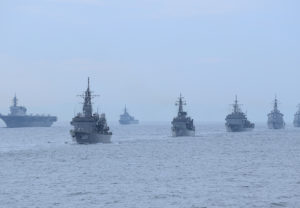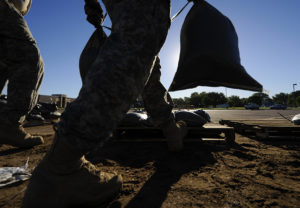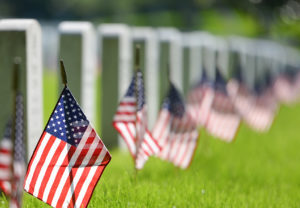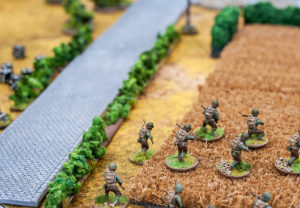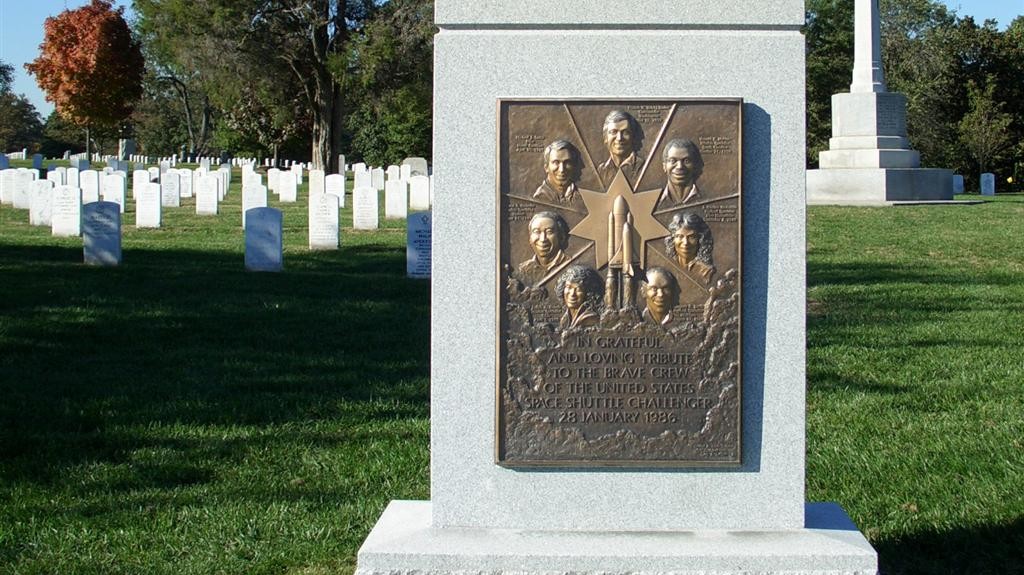On Jan. 28 1986, the Challenger space shuttle plummeted into the ocean while children around the nation watched in their classrooms. Thirty years later, fiery images of the Challenger disaster remain poignant today.
The shocking crash was the result of rushed timetables and hubris. Even though NASA engineers urged the organization to postpone the launch due to faulty rubber seals, six astronauts and a social studies teacher were strapped into the spacecraft anyway. The Challenger exploded 73 seconds after lift off, and once it ran out of momentum, it nose-dived into the water.
Later investigations of the crash suggest that most of the crew was alive and conscious during the entire ordeal.
A special wreath-laying ceremony took place at Arlington National Cemetery, the home of the Challenger Memorial, to remember the seven lives lost during this historic tragedy.
“We are not – not – going to let their dreams and their efforts go in vain. We will keep pressing forward,” NASA Administrator Charles Bolden told the ceremony attendees.
Bob Cabana also spoke at the Kennedy Space Center of the hard lessons the Challenger disaster taught both NASA and America.
“We learned many lessons from the loss of Challenger,” Cabana said. “The vehicle that returned to flight two and a half years later may have looked the same, but it had hundreds of changes, making it safer and more reliable. This is even more critical today as we embark on a new era of human spaceflight developing commercial vehicles that will take us to the International Space Station and the Orion spacecraft that will, one day, take us to Mars.”


